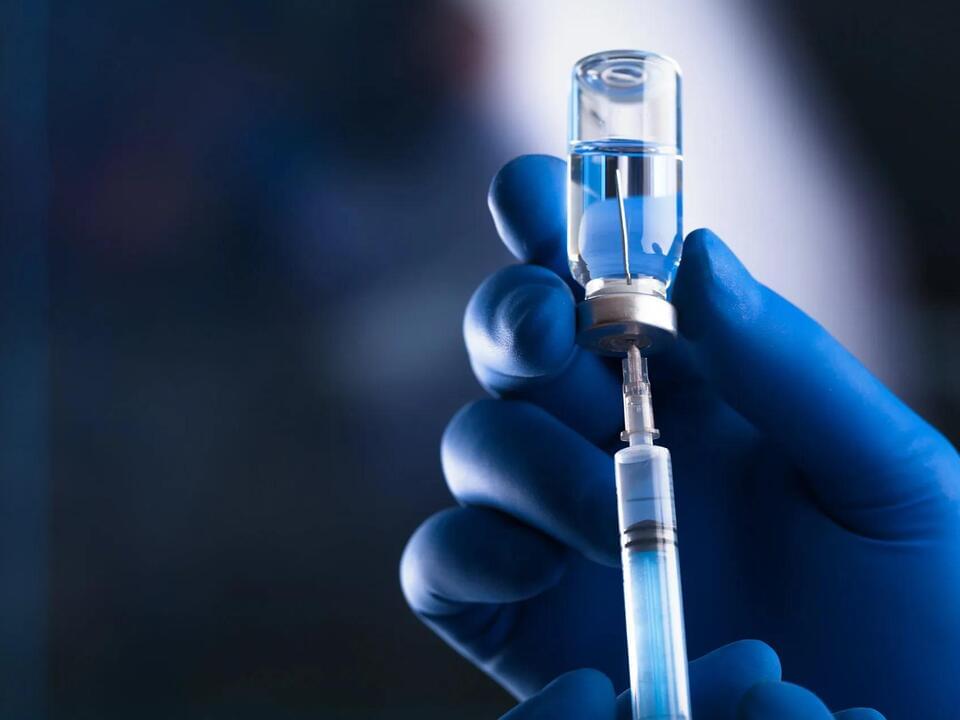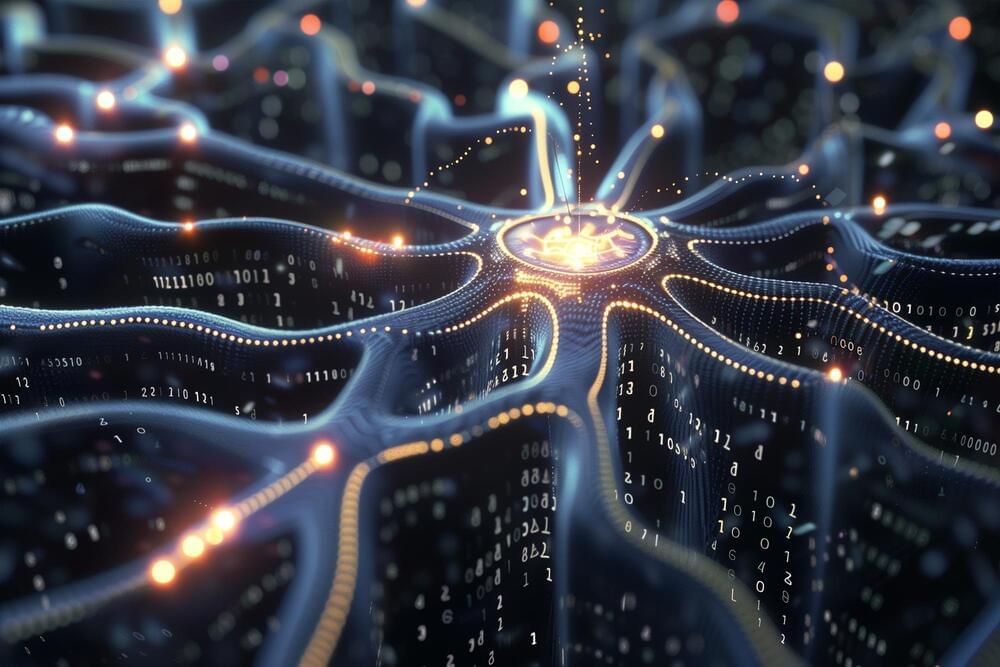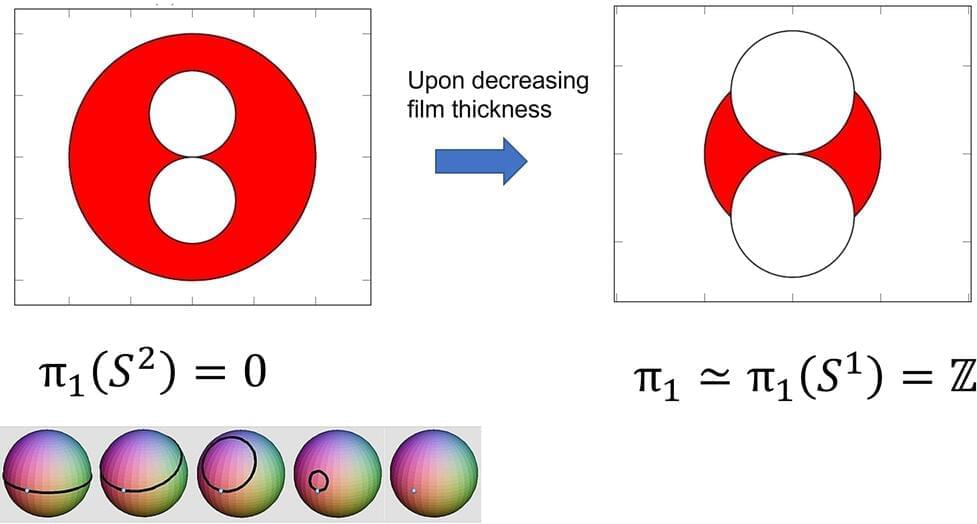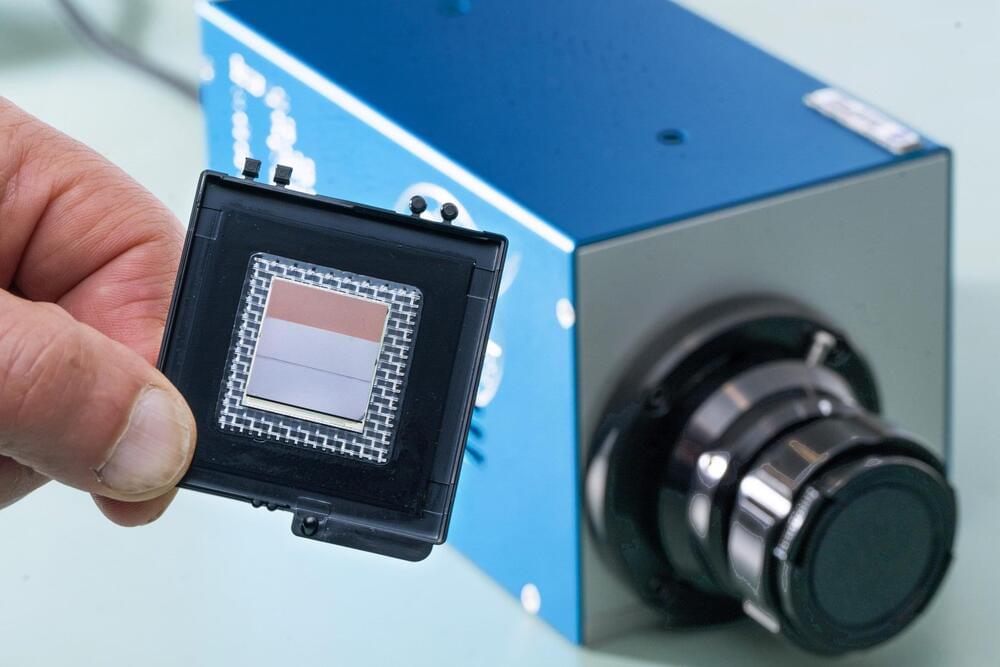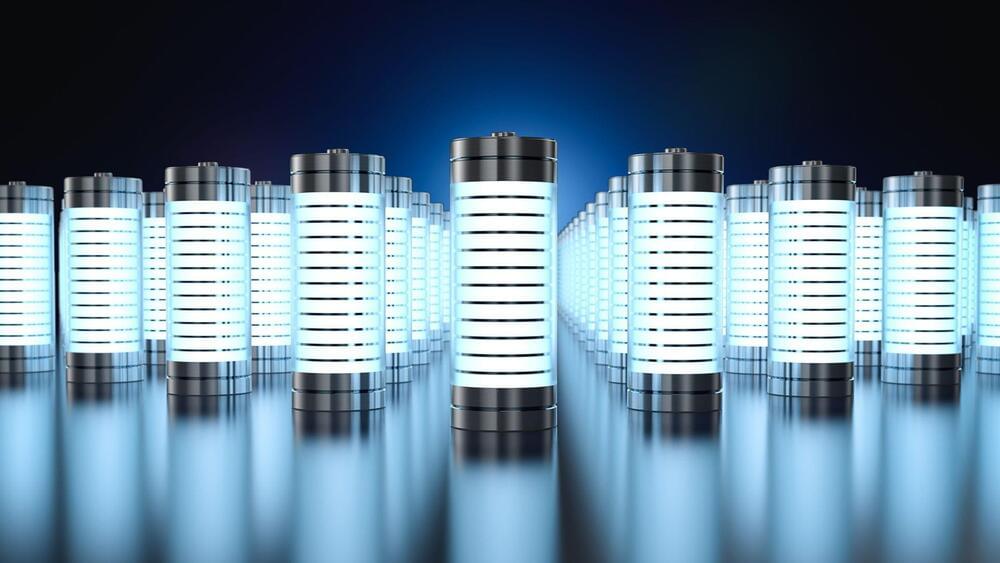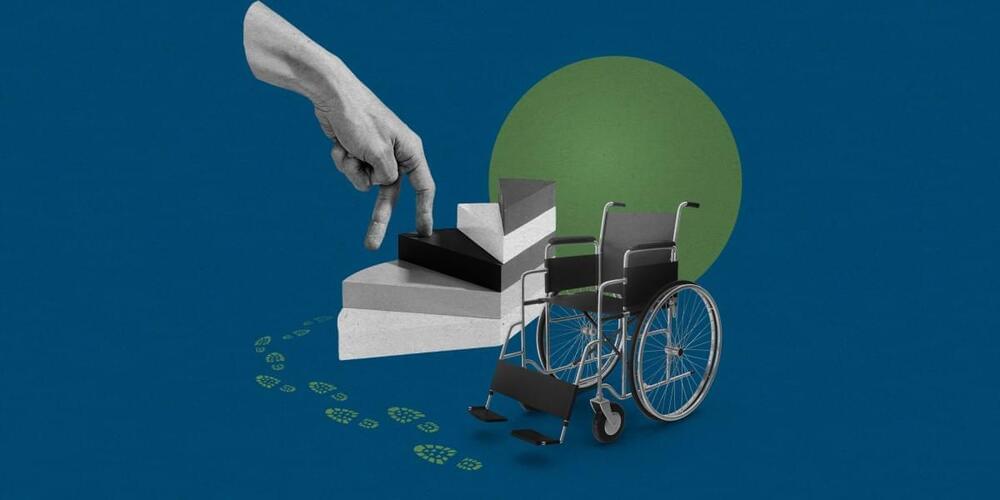Jun 6, 2024
New bowel tumor drug helped cure cancer in 100% of cases
Posted by Paul Battista in categories: biotech/medical, innovation
GSK announced a major breakthrough concerning cancer therapy. A drug called Jemperli (dostarlimab) showed impressive results in a phase 2 trial at the Memorial Sloan Kettering Cancer Center (MSK). The study included 42 patients suffering from mismatch repair deficient (dMMR) locally advanced rectal cancer, a type of bowel cancer.
Used as a first-line treatment and an alternative to chemotherapy and surgery, Jemperli cured cancer in all patients, showing “an unprecedented 100% clinical complete response rate.” Tests that followed showed no evidence of remaining tumors. Moreover, the first 24 of the 42 patients were observed after an average time of 26.3 months, and they showed no signs of cancer resurfacing.
GSK will test the drug in additional studies involving certain types of colorectal cancers.
